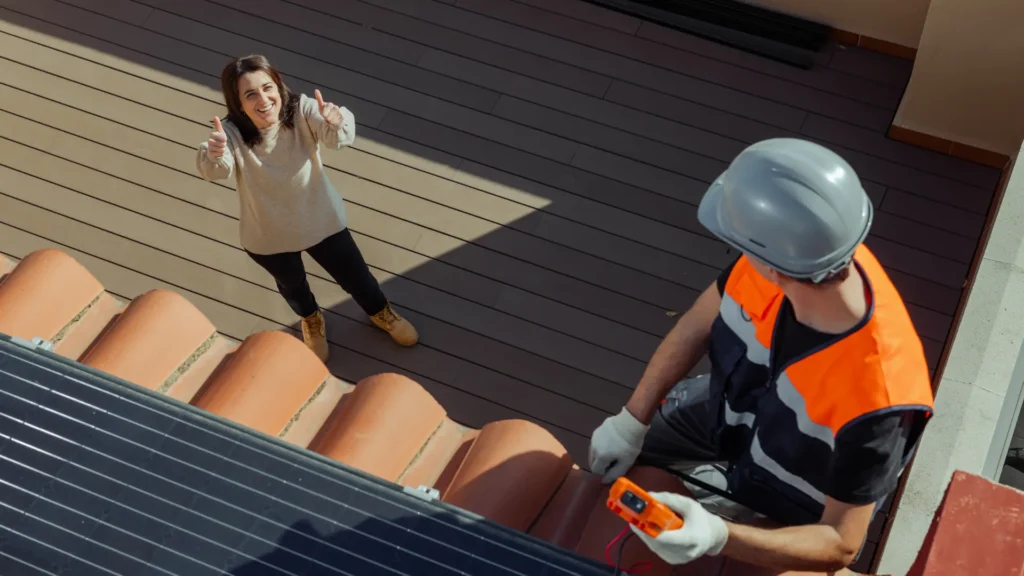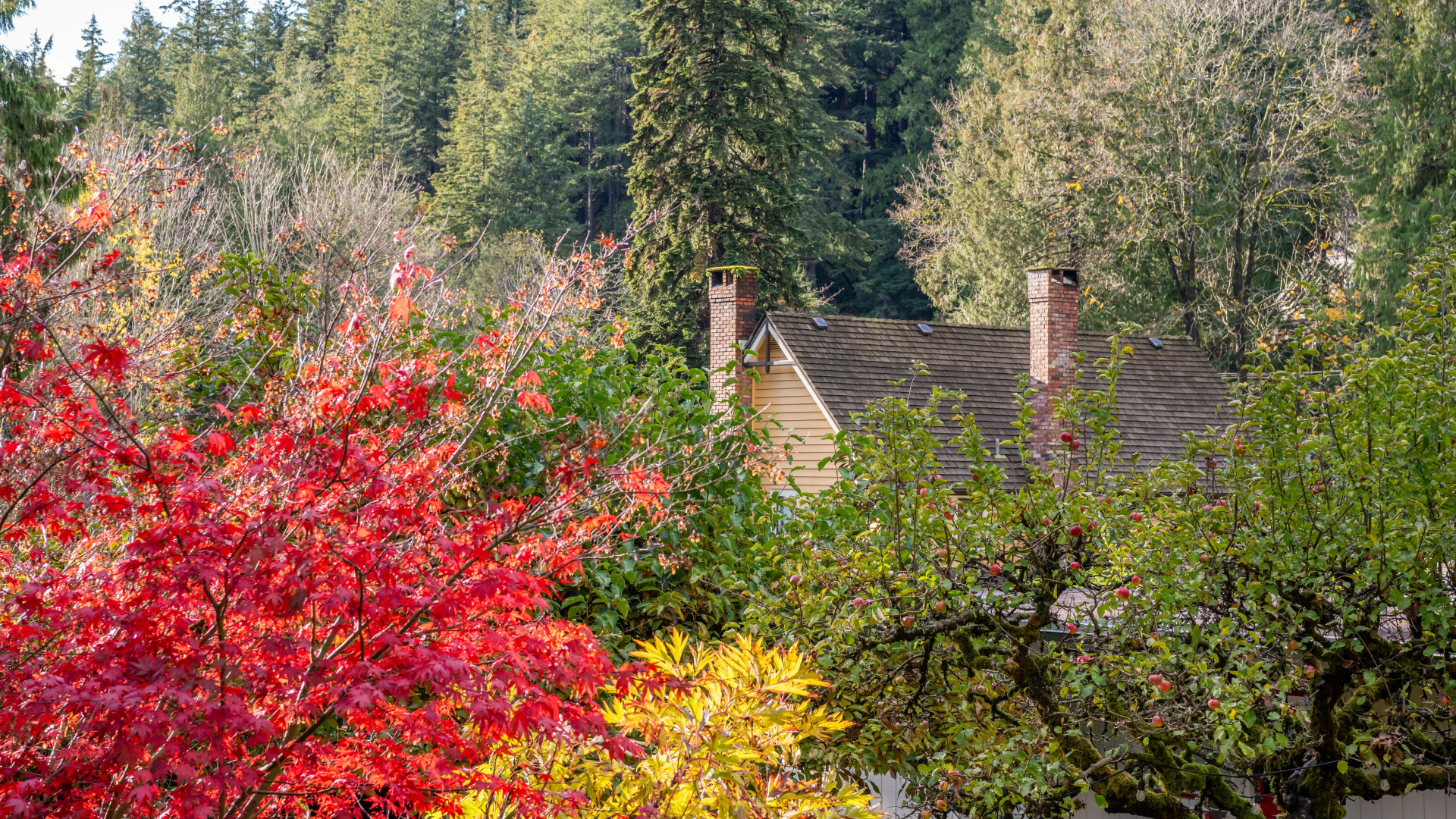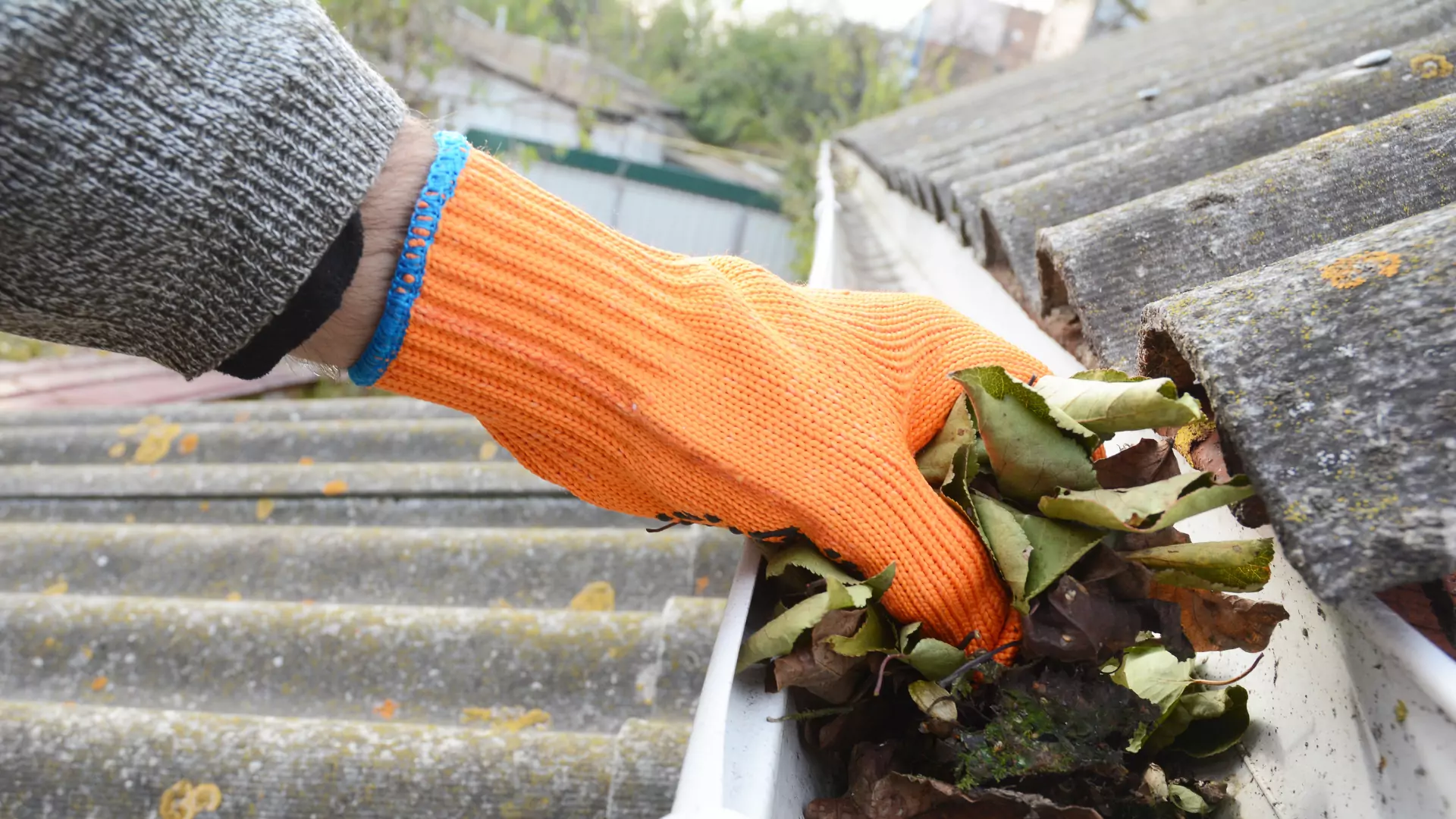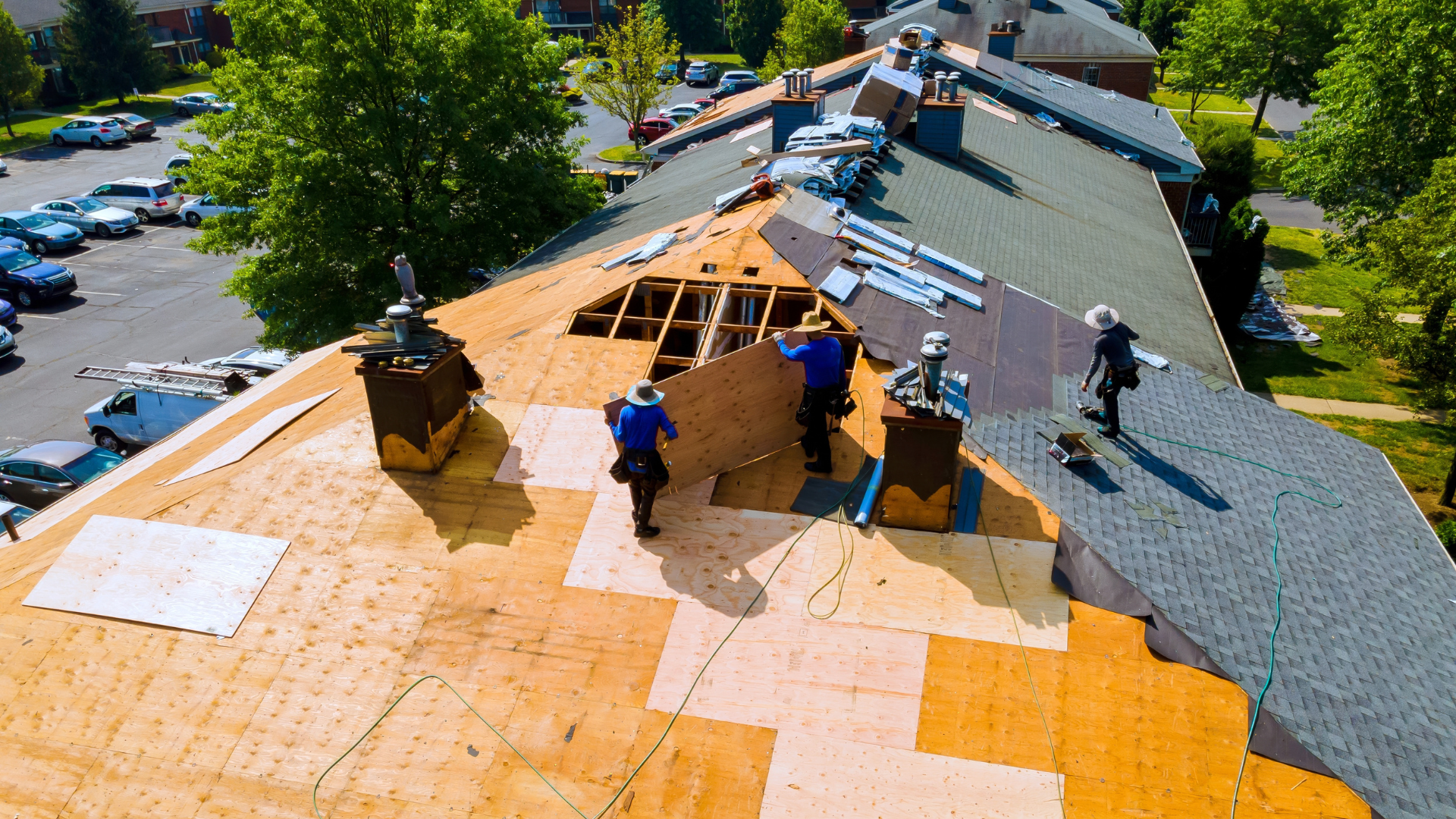Hiring for a roof project isn’t just about finding a low number—it’s about choosing a partner you trust with your home. A reputable roofing company in Toronto will explain options clearly, recommend materials suited to our freeze–thaw climate, and back the work with meaningful warranties. The guide below walks you through scoping the job, building a shortlist, comparing quotes, and managing the project so you get durable results without surprises.
Define Your Project Scope (So Quotes Are Comparable)
Start by writing down exactly what you need. Are you dealing with a single leak, storm damage, or age-related wear? For roof repair in Toronto, note where water shows up, when it appears, and any photos of missing shingles or flashing issues. If your roof is near the end of its life (curling shingles, widespread granule loss, repeated patching), a roof replacement in Toronto may be more cost-effective over the next 10–20 years than serial repairs. For new builds or additions, document ventilation goals, underlayment type, and any aesthetic preferences (profile, colour, ridge treatment). Clear scope = apples-to-apples estimates.
Build a Shortlist You Can Trust
Create a candidate list of roofers in the Toronto area using sources you’d trust for other trades: neighbours, real-estate pros, and local builders. From there, do a quick credibility check:
- Licensing & insurance: WSIB coverage and liability insurance protect you and the crew. Ask for proof.
- Manufacturer credentials: For shingles, look for installer status with major brands; it can extend warranty options.
- Local track record: Choose companies with recent jobs in your neighbourhood and climate—not just glossy galleries from elsewhere.
Read customer reviews and look for patterns: communication, schedule reliability, and how issues were handled. Consistency across jobs matters more than one perfect score.
Compare Quotes, Not Just Prices
Ask three Toronto roofing contractors for written estimates that break out materials, labour, disposal, ventilation work, flashing, and contingencies (e.g., per-sheet cost if decking is bad). When bids differ, look at the assumptions behind them:
- Materials: Underlayment (felt vs. synthetic), ice-and-water shield coverage, flashing metal thickness, and vent types.
- Crew & supervision: Who’s on site daily? Who signs off on final inspection?
- Schedule & cleanup: Start date, duration, weather plans, magnet sweep, and property protection.
If you’re leaning toward repair, verify minimum service fees and how hidden conditions are priced. For replacement, compare warranty terms (manufacturer vs. workmanship), transferability, and what triggers a claim. The “cheapest” bid can cost more if it skimps on underlayment, ventilation balance, or flashing details that prevent future leaks.
Set Expectations and Manage the Project
Before work begins, align on details in writing:
- Timeline & hours: Start date, daily schedule, and rain/heat contingencies.
- Access & protection: Where to park, tarps for landscaping, attic protection if needed.
- Change orders: How surprises are documented and approved (with photos and prices).
- Payments: Deposit, progress milestones, and a final payment after walkthrough.
Professional roofing services teams will welcome quick end-of-day check-ins: what’s done, what’s next, and any decisions needed. That five-minute touchpoint keeps the project on track and prevents small questions from becoming costly delays.
Inspect the Results and Plan Maintenance
Do a final walkthrough with the site lead. Look at valleys, eaves, step flashing, pipe boots, ridge, and ventilation. Confirm product labels/lot numbers match the quote and collect warranty info. After installation, light maintenance goes a long way: clean gutters, trim overhanging branches, and schedule a check after major wind or ice events. If the same roofing company in Toronto that installed the system offers annual maintenance, consider it—early fixes are cheaper than emergency calls.
How to Choose Between Repair and Replacement
If your roof is younger and issues are isolated (a few lifted shingles, one suspect flashing detail), targeted roof repair in Toronto is usually the smart move. Consider replacement when:
- Leaks recur in multiple areas.
- Shingles are brittle, cupped, or losing granules across wide sections.
- You’ve already done several patches in recent years.
- Ventilation is poor and the system needs a holistic refresh.
A good contractor will present both paths with total cost of ownership in mind—upfront price, expected lifespan, and risk of future disruption.
Red Flags to Avoid
- “Today-only” discounts and pressure tactics.
- Vague scopes (“we’ll fix what we find”) with no unit pricing for hidden issues.
- No proof of insurance or WSIB.
- Cash-only or large prepayments without a contract.
- No local references or reluctance to share them.
Choosing well means you get durable performance and fewer headaches later. Cutting corners at the contract stage often shows up as leaks, poor ventilation, or warranty disputes down the road.
FAQs
What makes a “good” roofing company?
Clear communication, written scopes, proper ventilation details, and documented warranties. Those traits matter more than any single brand badge or low price.
Do you need specialists for shingles?
If your project involves asphalt shingles, ask about recent similar work and training. Many homeowners specifically look for asphalt roof repair contractors when shingles are the focus.
How do I compare Toronto options quickly?
Shortlist two or three roofing companies in Toronto with recent local jobs, ask for line-item quotes, and verify insurance. The time you spend here saves time (and money) later.








